- OT
- Life in practice
- Practitioner stories
- Lights, camera, refraction
Contact lens guide
Lights, camera, refraction
OT enters the wonderful world of contact lenses in film – where a daily form of vision correction is transformed into a tiny canvas

07 December 2023
Each working day for 26 years, Lee Adams has come into work, sat at his desk and begun painting on a canvas so small that his paint brush is trimmed down to a few delicate hairs.
Some days his work forms an integral part of a story told on the big screen – making Leonardo DiCaprio’s eyes appear blood shot or creating a weeping eye for Mads Mikkelsen in Casino Royale.
Other days, he concentrates on creating a good match for a patient who has lost an eye through trauma or disease. He has created lenses for patients who have suffered shrapnel injuries or lost an eye in a moment of inattention fitting a roof rack.
When it is a good match, you see people almost physically change
Adams shared that some people will not leave the house before they receive their contact lens, afraid of the curious looks and children pointing in the supermarket.
“Some people might say ‘Oh it is just a contact lens’,” Adams said.
“But when it is a good match, you see people almost physically change. They bring their head up and their posture improves. Their hair is out of their face and they are smiling,” he shared.
Adams began painting contact lenses at the age of 24. He had heard about the vacancy from a friend who told him interesting stories about the role – recounting how he had hand-painted contact lenses to make Bjork look like a fish.
Following a successful interview, Adams began to hone his craft by painting hundreds of ‘fun lenses’ – colourful contact lenses with spirals, flowers and other icons.
Each lens that Adams paints takes around an hour. The lens will be painted using a water-based dye – it is only when the lens enters solution that the colour will begin to develop.
The level of concentration required to paint small details and replicate them across a pair of lenses occasionally means that Adams carries his job with him.
“I have gone home before and closed my eyes and all I can see is that design – like when you look at a lightbulb, you close your eyes and you can see the bulb. It almost imprints,” Adams shared.
Adams will occasionally be watching television and spot a lens that he had worked on and forgotten about. His children will proudly tell their friends about the job their father does.
“My oldest son loves Star Wars so he mentions that a lot,” Adams shared.
The job has not been without its challenging moments. He painted hundreds of zombie lenses, working overtime and weekends, before the filmmakers decided that they would use CGI instead.
The finishing touch
Optometrist and director of Eyeworks for Film, Sinead Sweeney, shared that her company mainly supplies soft scleral or corneal contact lenses. These lenses are generally hand-painted and bespoke in design, with an array of custom tints.“They serve to change the appearance of the eye of the actor, to support the character concept as desired by the makeup department,” Sweeney shared.
It is a truly magical way to apply your clinical skills as an optometrist and play a tiny part in making film history
Similarly, in movies that create an imagined world, a contact lens can serve as the finishing touch.
“Once the lenses are inserted at the end of a makeup, we’re often told that it instantly completes the look and in that sudden moment the actor is totally replaced by their character,” Sweeney shared.
A lens that stands out in her memory is a large scleral contact lens with bionic qualities that was worn by Christoph Waltz as Blofield in No Time To Die.
The contact lens was hand-painted by Cristina Patterson and served as a model for a prop bionic eyeball that raised £41,000 for charity.
Within the world of contact lenses in film, Sweeney shared that the main advancement in technology over the past couple of decades has been a transition from hard PMMA scleral shells to soft scleral lenses.
Sweeney shared that the former option – which was used by Michael Jackson in Thriller – could be uncomfortable for the actors and meant that they would often need to wait for several hours before they could shoot.
The role of optometrists
A team of optometrists experienced in scleral lenses conduct eye examinations and contact lens fittings for the actors.
“The relevant information gathered from the fitting allows us to manufacture a best fit contact lens for the actor which will then go onto the lab for extremely fine hand-painting by some of the best lens artists in the world,” Sweeney explained.
During the shoot, optometrists are on hand to insert, remove and monitor contact lenses.
“We are always close by and monitoring everything from the set environment to any comfort or dryness issues,” Sweeney shared.
Sweeney shared that on a personal level, there is never a dull moment in the job.
“Ultimately, it is a truly magical way to apply your clinical skills as an optometrist and play a tiny part in making film history,” Sweeney concluded.
Gallery image credit: Eyeworks for Film



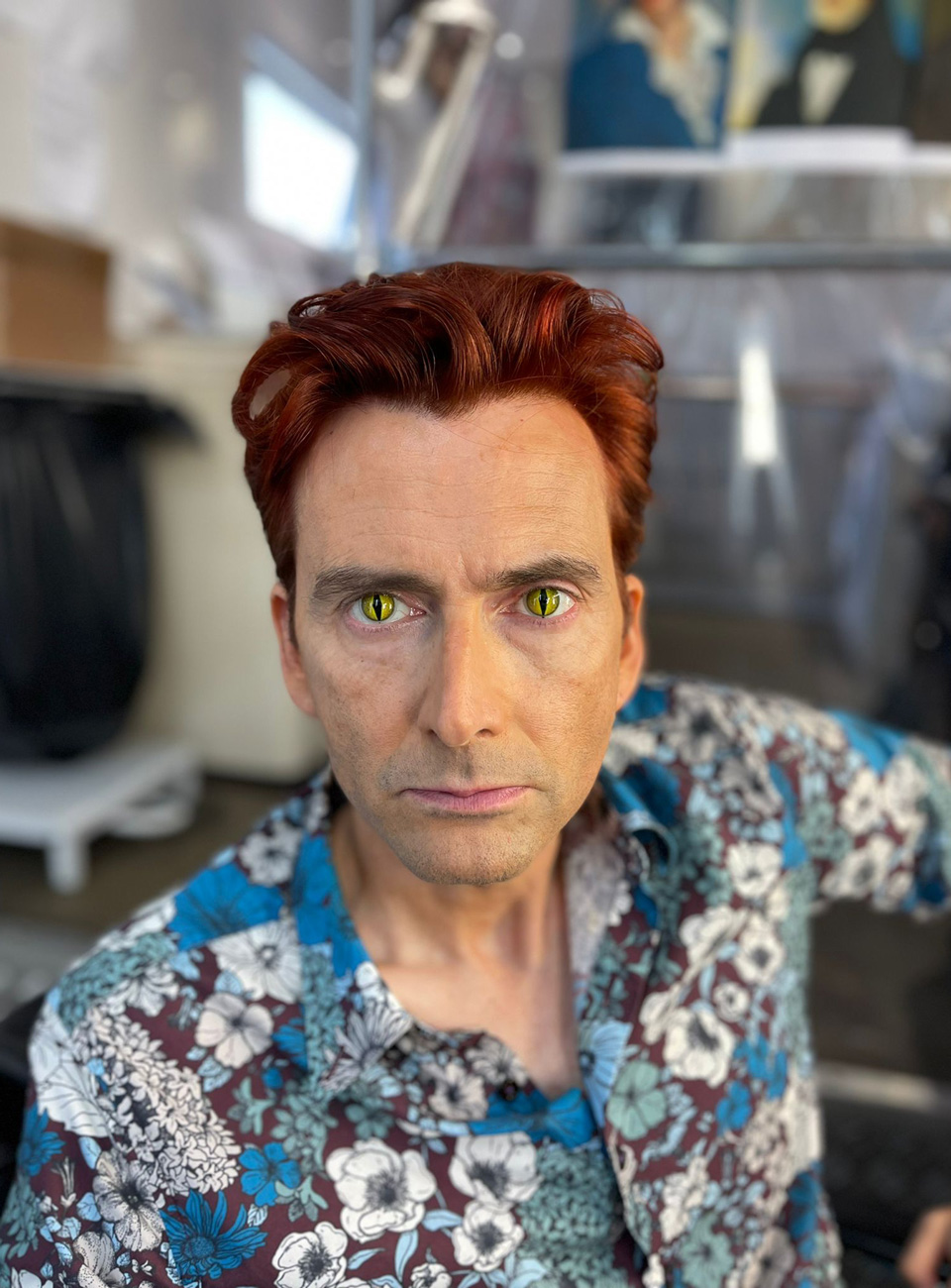
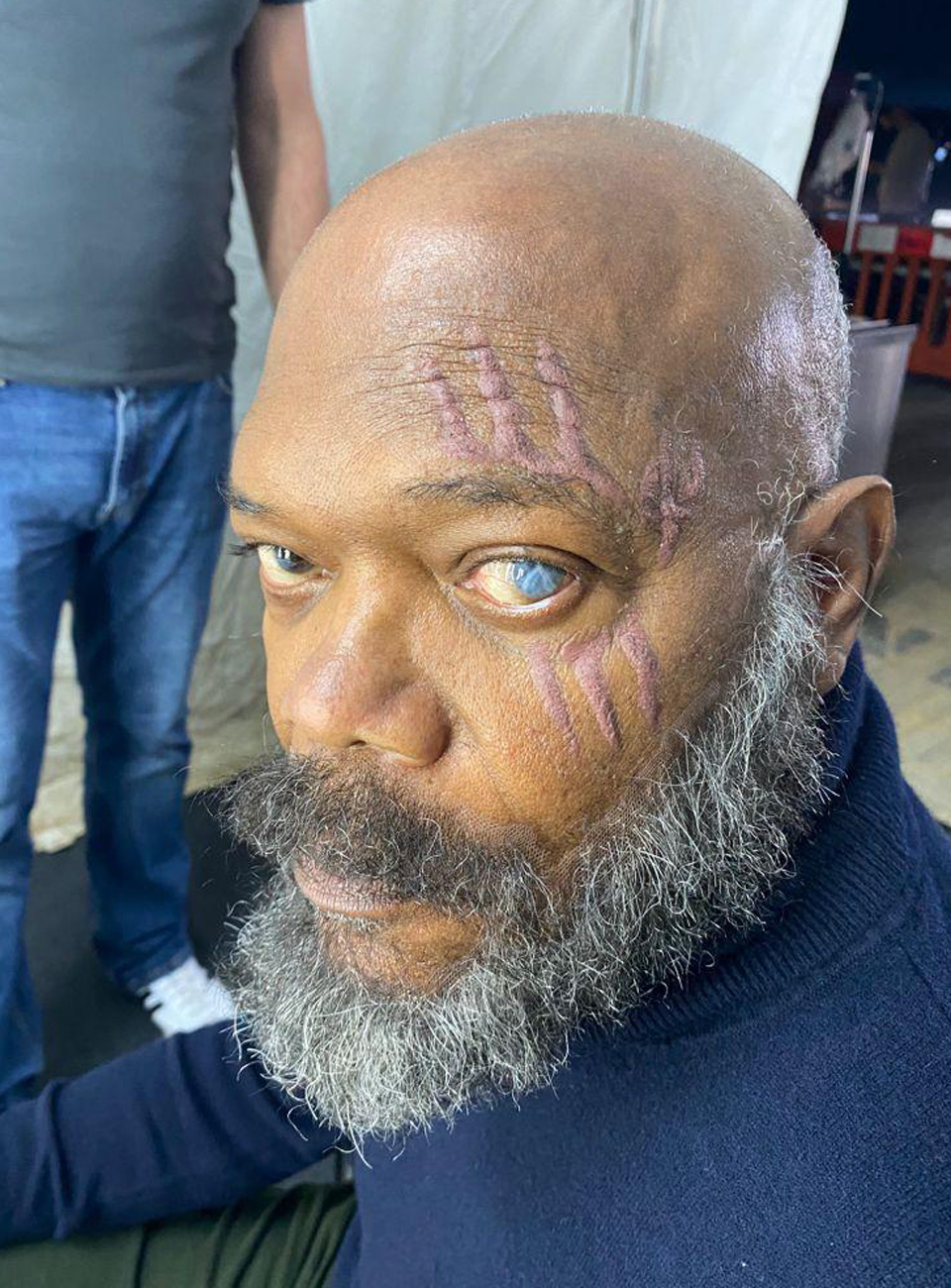
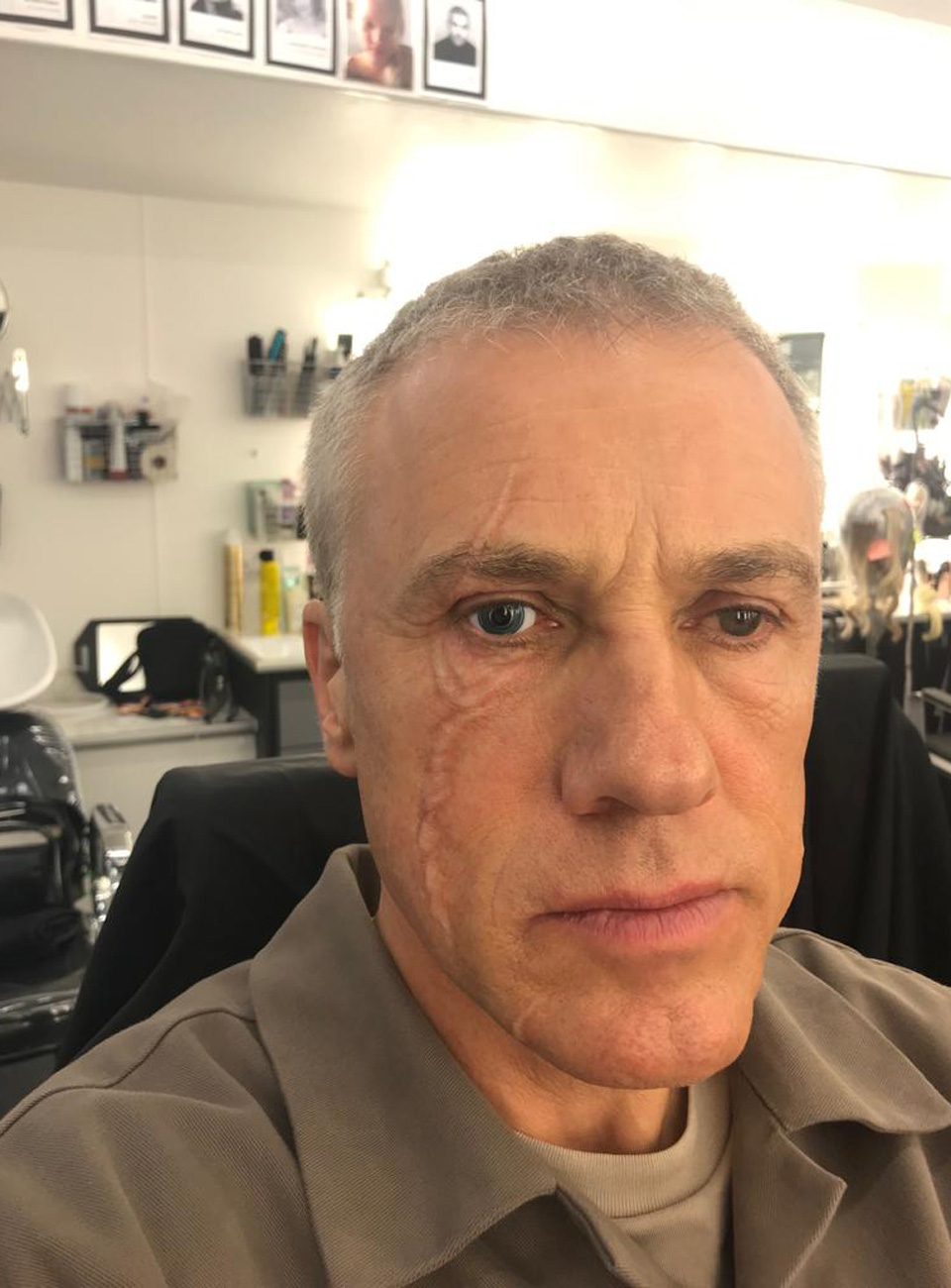
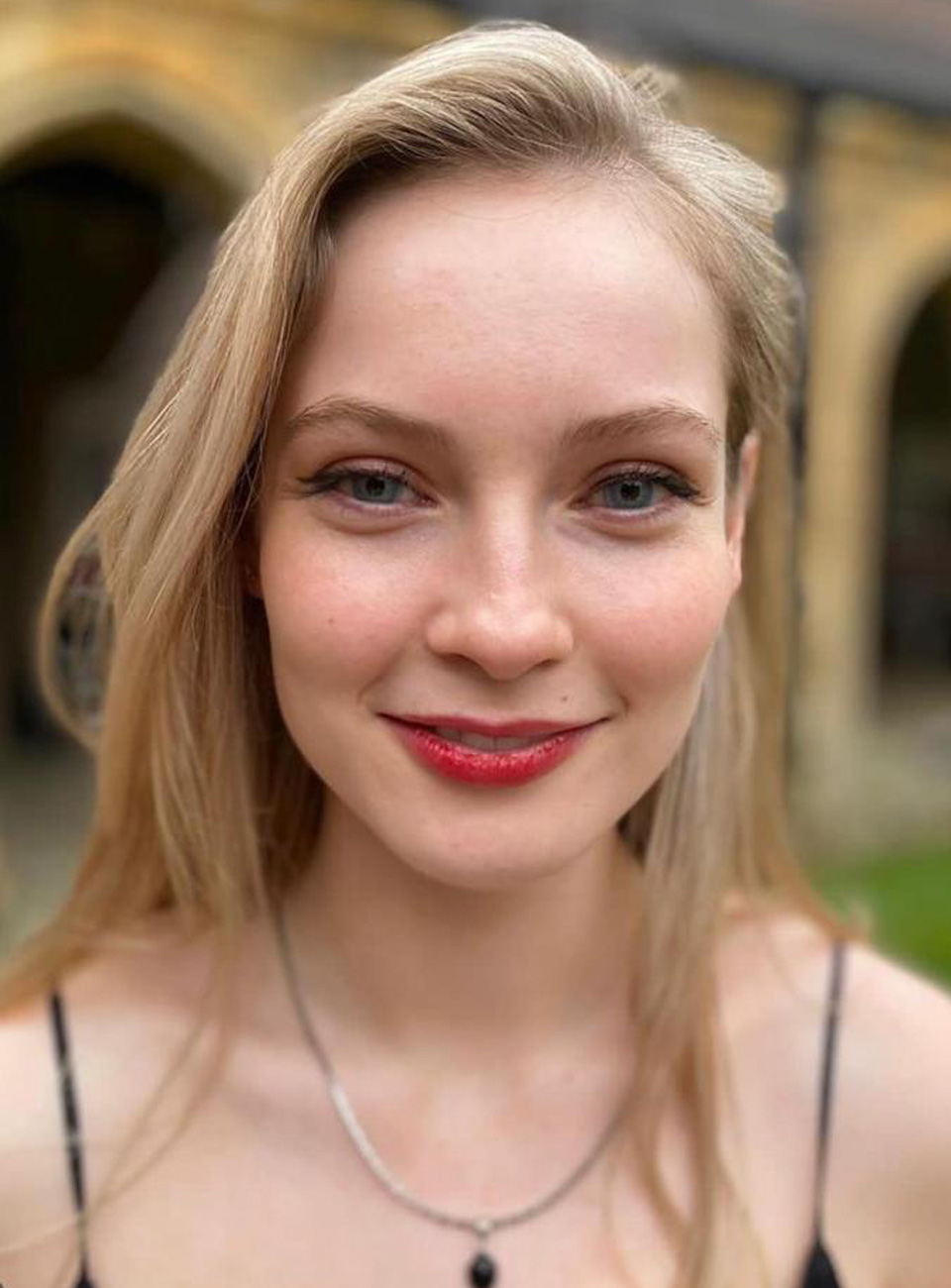
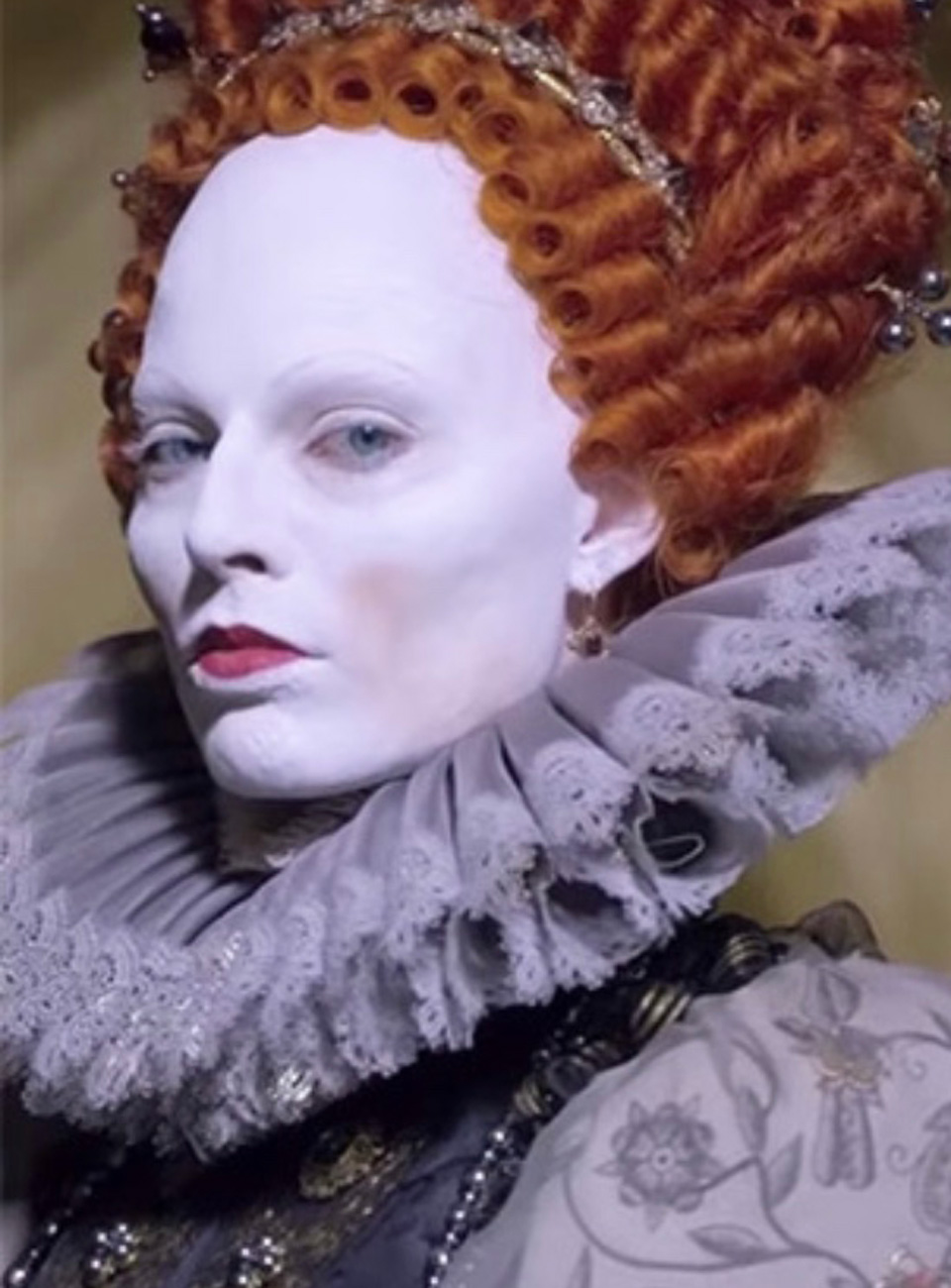
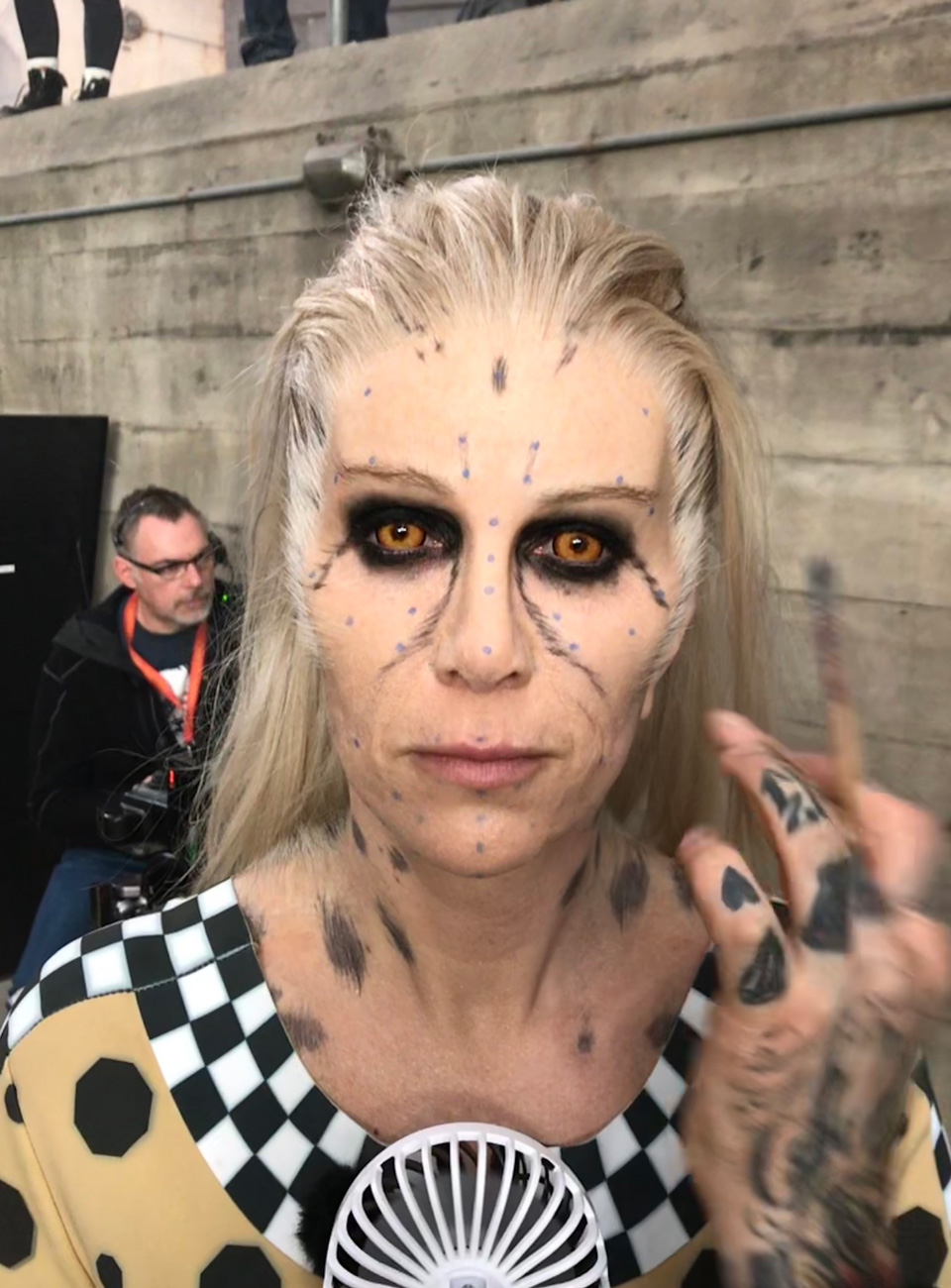
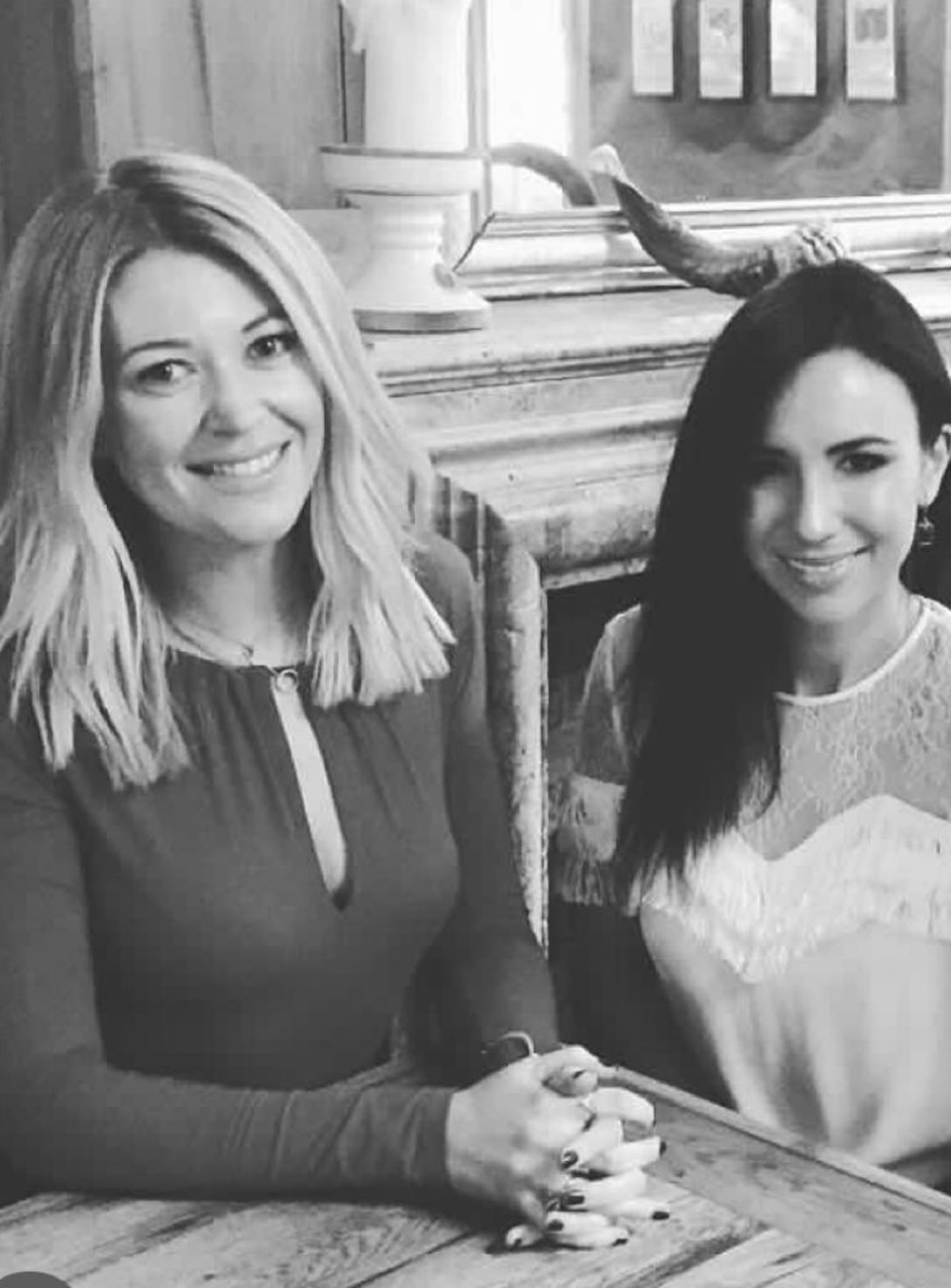
Comments (0)
You must be logged in to join the discussion. Log in